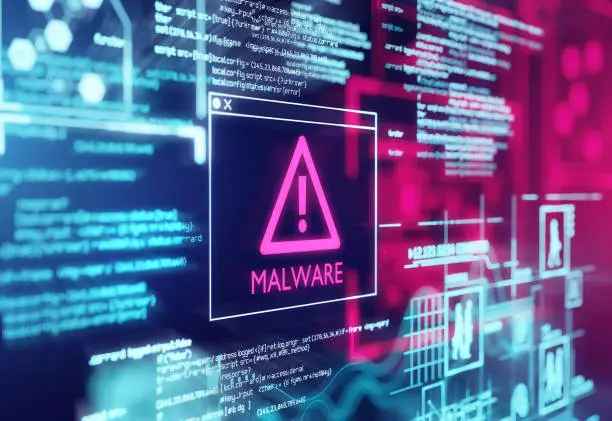In today’s fast-paced digital landscape, safeguarding your business from the ever-present threat of malware is not just a best practice; it’s a necessity. Malware can wreak havoc on your data, finances, and reputation, making it imperative for businesses to implement robust preventive measures and utilize effective tools. In this article, we will explore the essential strategies and tools that can help protect your business from malware attacks.
Educating Your Team
Stay Informed and Vigilant
Ensuring that your employees are well-informed and vigilant is the first line of defense against malware. Conduct regular training sessions to educate your team about the latest malware threats and how to identify suspicious activity. When your employees are equipped with the knowledge to recognize potential threats, they can act swiftly to prevent them.
Password Policies and Multi-Factor Authentication
Strengthening Your Defenses
Implementing strong password policies is crucial for fortifying your digital defenses. Encourage the use of complex passwords and regular password changes. Additionally, enable multi-factor authentication (MFA) wherever possible. MFA adds an extra layer of security by requiring users to provide multiple forms of identification before gaining access to sensitive systems or data.
Regular Software Updates
Patching Vulnerabilities
Outdated software can be a breeding ground for malware. Regularly update all software and operating systems to patch vulnerabilities that malicious actors may exploit. Keeping your systems up to date is a proactive way to minimize potential entry points for malware.
Network Security Measures
Building a Strong Perimeter
Invest in robust network security measures. Firewalls, intrusion detection systems (IDS), and virtual private networks (VPNs) act as sentinels guarding your network against external threats. They help monitor and filter incoming and outgoing traffic, ensuring that only authorized access is granted.
Antivirus Software
Real-Time Protection
Choose a reputable antivirus software that offers real-time protection. These programs can detect and remove malware from your systems before it can cause harm. Regularly update your antivirus software to stay ahead of emerging threats.
Email Filtering Solutions
Stopping Threats at the Gate
Email is a common vector for malware delivery. Implement email filtering solutions that can identify and block malicious attachments and phishing attempts. By filtering out potential threats at the email gateway, you can significantly reduce the risk of malware infiltrating your systems.
Behavior Analysis and Threat Detection
Identifying Anomalies
Leverage advanced tools that analyze user and system behavior to detect anomalies. These tools can identify suspicious patterns and potential threats, allowing you to take proactive measures before an attack escalates.
Backup and Recovery Planning
Minimizing Downtime
Prepare for the worst-case scenario with a comprehensive backup and recovery plan. Regularly back up your data, and ensure you have a clear strategy for restoring operations in the event of a malware attack. This minimizes downtime and helps protect your business continuity.
Incident Response Plan
Swift Action
Develop an incident response plan that outlines the steps to take in the event of a malware attack. Having a well-defined plan in place ensures that your team can respond swiftly and effectively to contain and mitigate the damage.
Continuous Monitoring
Real-Time Vigilance
Implement continuous monitoring of your systems. This allows you to detect and respond to threats in real-time, reducing the potential impact of malware attacks.
Vendor Security Assessment
Third-Party Vigilance
Don’t overlook the security practices of your third-party vendors. Ensure that they adhere to stringent security measures, as their vulnerabilities can become yours. Regularly assess their security protocols to prevent malware infiltration through their systems.
In conclusion, the best practices and tools for malware prevention for businesses are multifaceted and require a proactive approach. By educating your team, implementing strong security measures, and utilizing effective tools, you can significantly reduce the risk of falling victim to malware attacks. Remember, in today’s digital world, prevention is key to safeguarding your business and its future.
